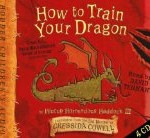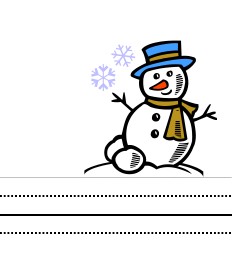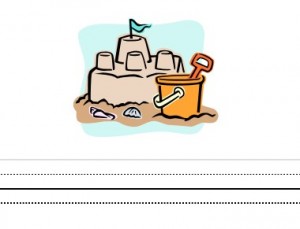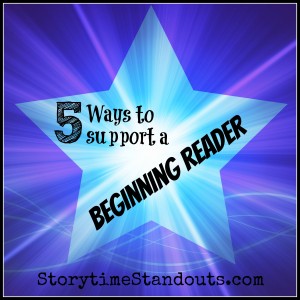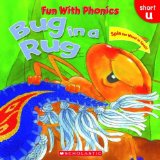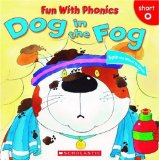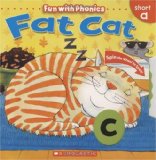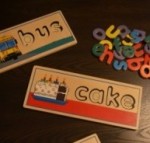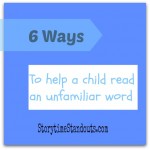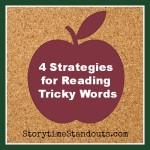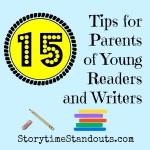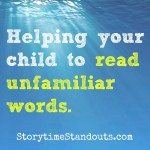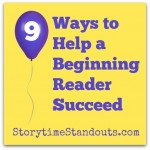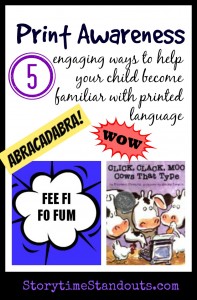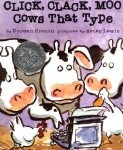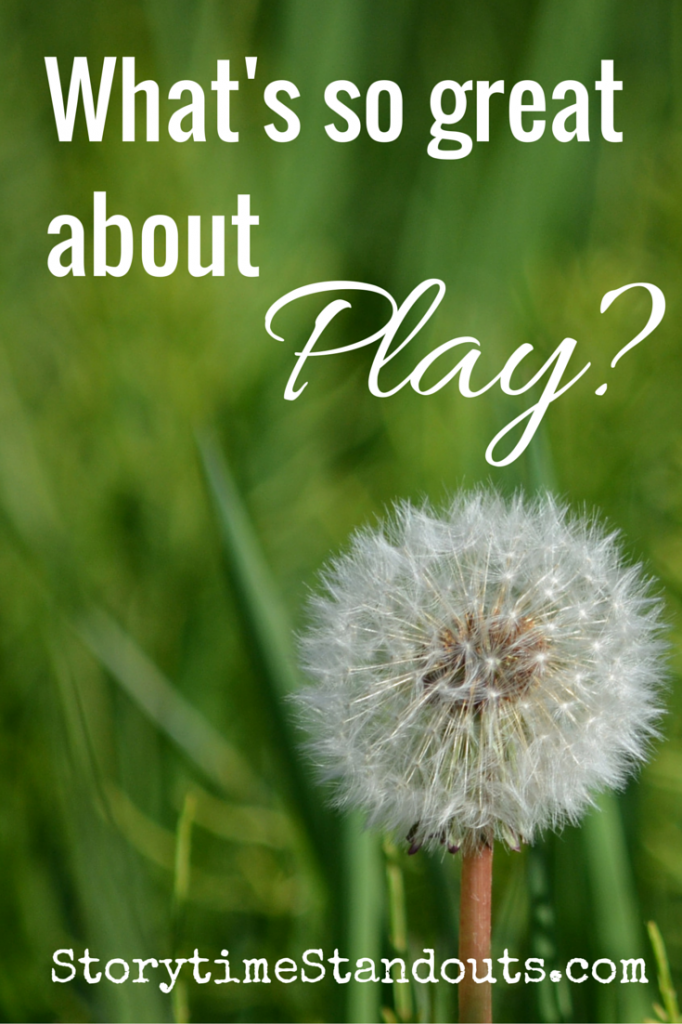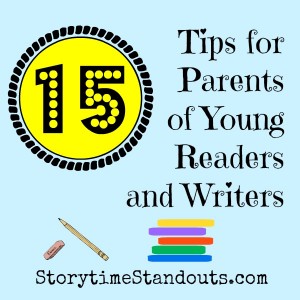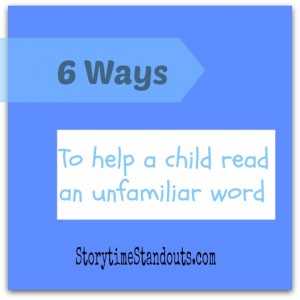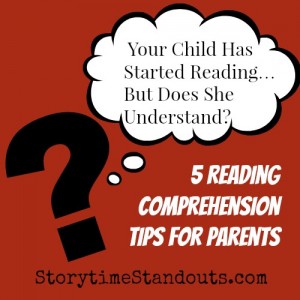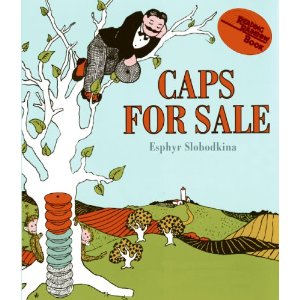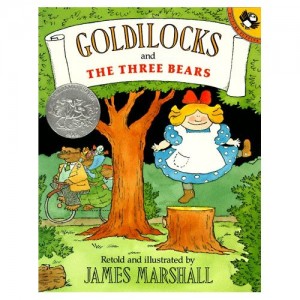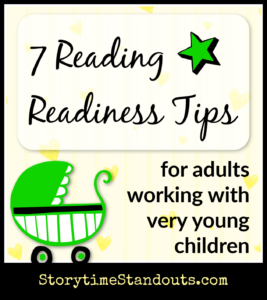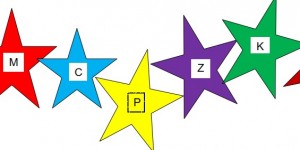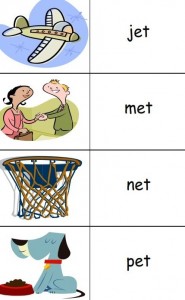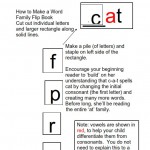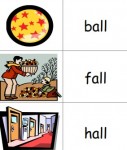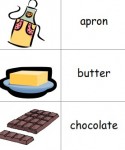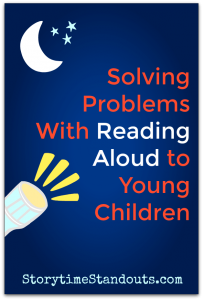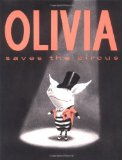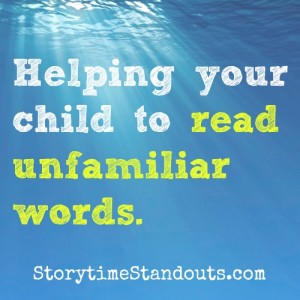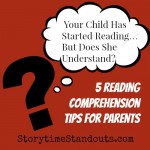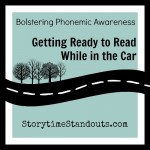We offer almost two hundred free early literacy printables on Storytime Standouts. Today, we decided to feature our free word family printables. These are available for website members*. There is no cost to become a member, simply sign up and you will have access to all of our free downloads.
Our early literacy printables, including our word family printables are in PDF format, if you don’t already use Adobe Reader, you will need to use it to access the downloads.

Please note: some of our early literacy printables are available to Storytime Standouts members only. To become a member of the website (without cost or obligation), please click on the “Members” tab and register as a user.
You will find all of our early literacy printables here.
If you appreciate our free word family printables, please support this site by visiting and purchasing from Amazon.com or Amazon.ca.
or Amazon.ca.
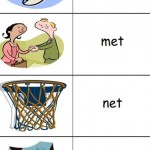 We have twenty (two page) printables, each showing words and pictures for one word family. Print the PDF (I prefer printing onto cardstock), laminate if you wish, and use with beginning readers.
We have twenty (two page) printables, each showing words and pictures for one word family. Print the PDF (I prefer printing onto cardstock), laminate if you wish, and use with beginning readers.
 The "All" Word Family
The "All" Word Family
Free - all word family printable for young readers in kindergarten and grade one.
 The "An" Word Family
The "An" Word Family
Free -an word family printable for young readers in kindergarten and grade one.
 The "Ap" Word Family
The "Ap" Word Family
Free -ap word family printable for young readers in kindergarten and grade one.
 The "At" Word Family
The "At" Word Family
Free -at word family printable for young readers in kindergarten and grade one.
 The "Ed" Word Family
The "Ed" Word Family
Free -ed word family printable for young readers in kindergarten and grade one.
 The "Ell" Word Family
The "Ell" Word Family
Free -ell word family printable for young readers in kindergarten and grade one.
 The "Ig" Word Family
The "Ig" Word Family
Free - ig word family printable for young readers in kindergarten and grade one.
 The "Ip" Word Family
The "Ip" Word Family
Free -ip word family printable for young readers in kindergarten and grade one.
 The "It" Word Family
The "It" Word Family
Free -it word family printable for young readers in kindergarten and grade one.
 The "Og" Word Family
The "Og" Word Family
Free -og word family printable for young readers in kindergarten and grade one.
 The "Op" Word Family
The "Op" Word Family
Free -op word family printable for young readers in kindergarten and grade one.
 The "Ot" Word Family
The "Ot" Word Family
Free -ot word family printable for young readers in kindergarten and grade one.
 The "Am" Word Family
The "Am" Word Family
Free -am word family printable for young readers in kindergarten and grade one.
 The "En" Word Family
The "En" Word Family
Free -en word family printable for young readers in kindergarten and grade one.
 The "Et" Word Family
The "Et" Word Family
Free -et word family printable for young readers in kindergarten and grade one.
 The "Ill" Word Family
The "Ill" Word Family
Free -ill word family printable for young readers in kindergarten and grade one.
 The "Ock" Word Family
The "Ock" Word Family
Free -ock word family printable for young readers in kindergarten and grade one.
 The "Ub" Word Family
The "Ub" Word Family
Free -ub word family printable for young readers in kindergarten and grade one.
 The "Ug" Word Family
The "Ug" Word Family
Free -ug word family printable for young readers in kindergarten and grade one.
 The "Est" Word Family
The "Est" Word Family
Free -est word family printable for young readers in kindergarten and grade one.
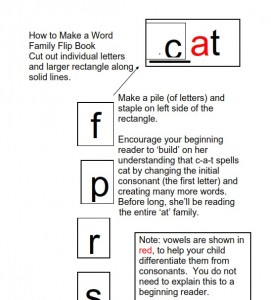
We also offer ten word family flip books and printable (how to) instructions.
 10 Word Family Flip Books
10 Word Family Flip Books
10 printable Word family flipbooks, great learning resources for children in kindergarten and first grade.
Printable PDFs for the an, at, ed, ell, ick, ing, op, ot, ug and uck word families
 How to Make a Word Family Flip Book
How to Make a Word Family Flip Book
Instructions for assembling a word family flip book for beginning readers. Great for kindergarten and first grade.
We’d love to hear about how you use these printables with young children.
*Please note, membership is absolutely free. When you sign up, you will be given an option to receive our newsletter. If you don’t want to receive the newsletter, you won’t receive any emails from this site. We promise.
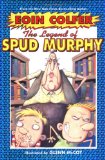


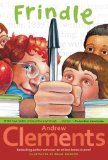
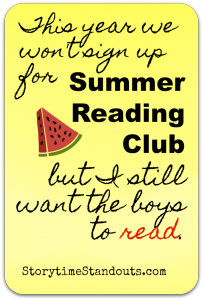

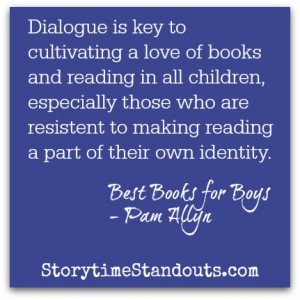


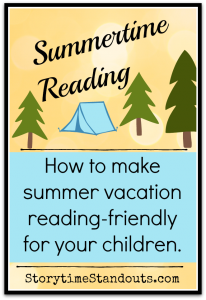 The lazy days of summer are perfect for reinforcing your child’s emerging reading skills. When you are out and exploring, take a child-friendly reference book with you and keep it nearby as you do some star gazing, bird watching, beach or nature walks. If you make summertime reading a priority, you and your child will be rewarded in September.
The lazy days of summer are perfect for reinforcing your child’s emerging reading skills. When you are out and exploring, take a child-friendly reference book with you and keep it nearby as you do some star gazing, bird watching, beach or nature walks. If you make summertime reading a priority, you and your child will be rewarded in September.